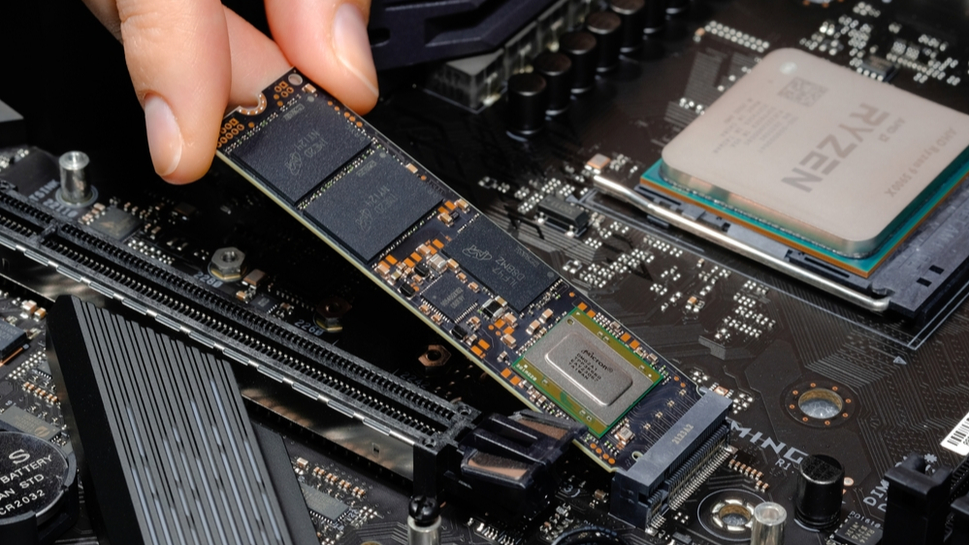Micron’s new 3D NAND flash could usher in a rapid new generation of SSDs
Micron unveils ‘world’s most advanced’ 3D NAND flash

Micron has revealed it has developed 3D NAND flash with a whopping 232 layers, which will enter full-scale production later this year.
Described by Micron as ‘the world’s most advanced NAND’, the storage device is formed by splicing together two 3D NAND chips, making for a capacity of 128GB (1Tb).
The company has not yet provided performance specs for its 232-layer device, but implied that speeds will exceed those of its current 3D NAND products, paving the way for rapid and capacious new SSDs.
232-layer 3D NAND flash
NAND flash is a type of non-volatile memory that features in all kinds of storage devices, from memory cards, USB sticks and portable drives to SSDs for devices and servers.
The general idea behind NAND flash development is to reduce cost per capacity and increase storage density, effectively eliminating the use cases for traditional hard disk drives.
In terms of Micron’s specific plans for its new 232-layer 3D NAND device, the company’s EVP of Technology Scott DeBoer said the following:
“We optimized the technology around what we need to make the world’s fastest managed NAND and both datacenter and client SSD products.”
Sign up to the TechRadar Pro newsletter to get all the top news, opinion, features and guidance your business needs to succeed!
“The combination of controllers, both internal and external, has been a strong element of our vertical product integration focus to ensure that we have optimized NAND and controller technology for what we need to deliver future leadership products.”
Micron says it is already working closely with industry partners to ensure its 232-layer device is properly supported, which should accelerate the development of new drives based on the technology.
SSDs powered by the new 3D NAND flash are expected to come to market at some point in 2023.
Via Tom’s Hardware

Joel Khalili is the News and Features Editor at TechRadar Pro, covering cybersecurity, data privacy, cloud, AI, blockchain, internet infrastructure, 5G, data storage and computing. He's responsible for curating our news content, as well as commissioning and producing features on the technologies that are transforming the way the world does business.